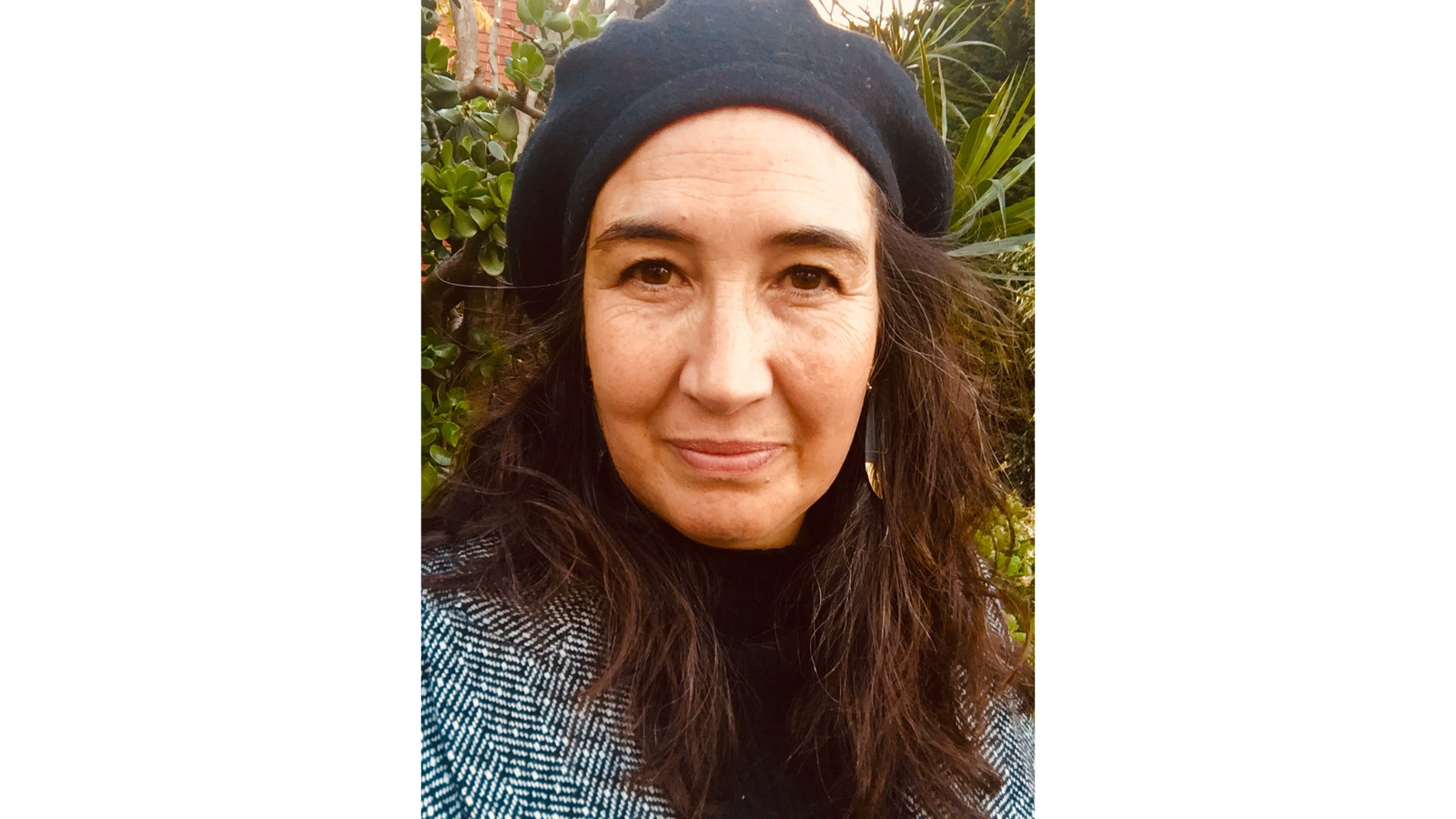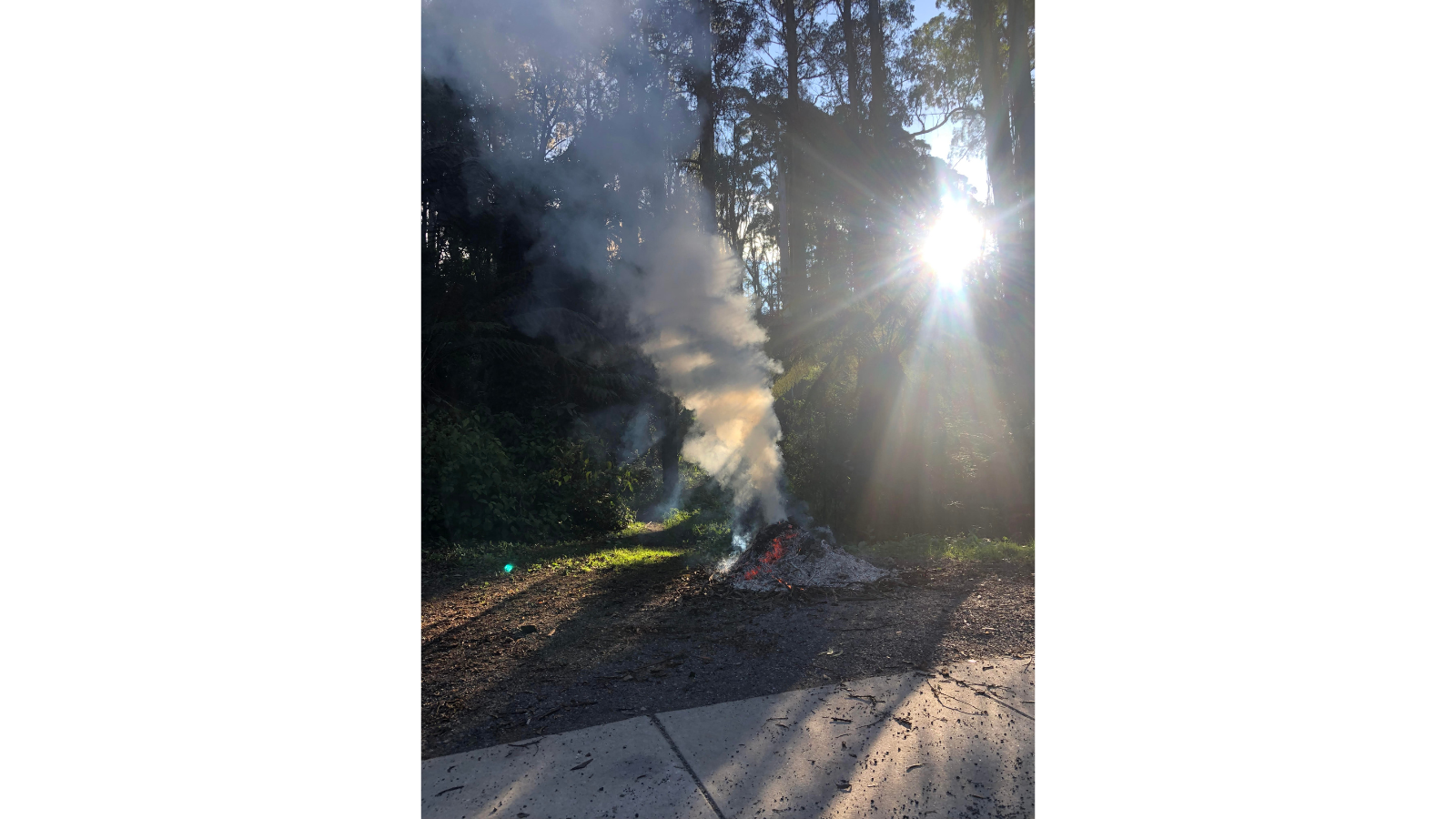Do Australian Doctors Assist Patients To Die?
Andrew Denton shares the research which informs his arguments in his podcast – produced in partnership with the Wheeler Centre – arguing for the creation of voluntary assisted dying laws in Australia.
Subscribe to Better Off Dead here.
Listen to Better Off Dead – Episode 4: It can never be perfect, so why try and improve it?
‘End-of-life decisions in Australian medical practice‘, by Helga Kuhse, Peter Singer, Peter Baume, Malcolm Clark and Maurice Rickard
The most comprehensive national research into the decisions doctors make while caring for dying patients was published nearly two decades ago – in the Medical Journal of Australia, in 1997. Some key points:
- Euthanasia, including physician-assisted suicide, accounted for 1.8 percent of all Australian deaths
- Ending a patient’s life without the patient’s concurrent, explicit request occurred in 3.5 percent of all deaths
- Overall, Australia had a higher rate of intentional ending of life without the patient’s request than the Netherlands
- Withholding or withdrawing of potentially life-prolonging treatment, 28.6 percent; alleviation of pain with opioids in doses large enough that there was a probable life-shortening effect, 30.9 percent
- In 30 percent of all Australian deaths, a medical end-of-life decision was made with the explicit intention of ending the patient’s life – of which 4 percent were in response to a direct request from the patient
The study concluded that Australian law has not prevented doctors from practising euthanasia, or making medical end-of-life decisions explicitly intended to hasten the patient’s death without the patient’s request.
State research has included a survey of doctors in Victoria, end-of-life decisions in medical practice published in the Journal of Medical Ethics (Neil, Coady, Thompson and Kuhse, 2007). It updated similar studies in 1987 and 1993 to allow longitudinal comparisons.
It found that 53 percent of doctors supported voluntary euthanasia legalisation. Of doctors who said they had experienced requests from patients to hasten death, 35 percent had administered drugs with the intention of hastening death.
In a national survey of general surgeons (Douglas, 2011) more than 20 percent said they had hastened death by giving more medication than was necessary, without the consent of the patient. A small number said they had given a lethal injection.
Nurses
The NSW Nurses and Midwives’ Association surveyed its members in 1997. 80 percent expressed support for legislation on voluntary euthanasia.
In 2016, the federal body – the Australian Nursing and Midwifery Federation – strengthened policy to support ‘legislative reforms for people with terminal or incurable illness which creates unrelieved and profound suffering’ to seek assistance to die.
‘Voluntary euthanasia and the nurse: an Australian survey’, by Helga Kuhse and Peter Singer
Published in the International Journal of Nursing Studies in 1993, this survey that found a clear majority – 78 percent – of nurses surveyed thought the law should be changed to allow doctors to actively bring about a patient’s death under some circumstances. 65 percent of respondents said they would be willing to collaborate with doctors in the provision of active voluntary euthanasia if it were legal.
New Zealand research – a move to transparency
‘End-of-life medical decision making in general practice in New Zealand—13 years on’, by Phillipa Malpas, Kay Mitchell and Heidi Koschwanez in The New Zealand Medical Journal, follows up research conducted a decade ago into end-of-life decisions by doctors – with questions drafted for direct comparison with earlier data from the Netherlands and elsewhere.
Of note, 65 percent of GP’s reported making an end of life decision. Of these, 4.5 percent said death was due to a drug that was administered explicit for the purpose of hastening the patient’s death. In those cases, nurses were likely to be involved.
The authors concluded:
Our study shows that medical decisions at the end-of-life that hasten death through the prescribing, supplying or administration of a drug with that explicit purpose, continue to be a reality in New Zealand, that nurses are allegedly involved in such practices, and there appears to be more discussion with patients about medical decisions at end-of-life.
Related Posts

Read
Anne-Marie Te Whiu Receives The Next Chapter Alumni Poetry Fellowship
2 Apr 2024

Read
What's on in April: Resident Organisation Round Up
28 Mar 2024

Read
Blak & Bright First Nations Literary Festival returns in 2024
7 Mar 2024

Read
What's on in March: Resident Organisation Round Up
29 Feb 2024

Read
Hot Desk Extract: International
23 Feb 2024

Read
Hot Desk Extract: The Rooms
23 Feb 2024
Share this content